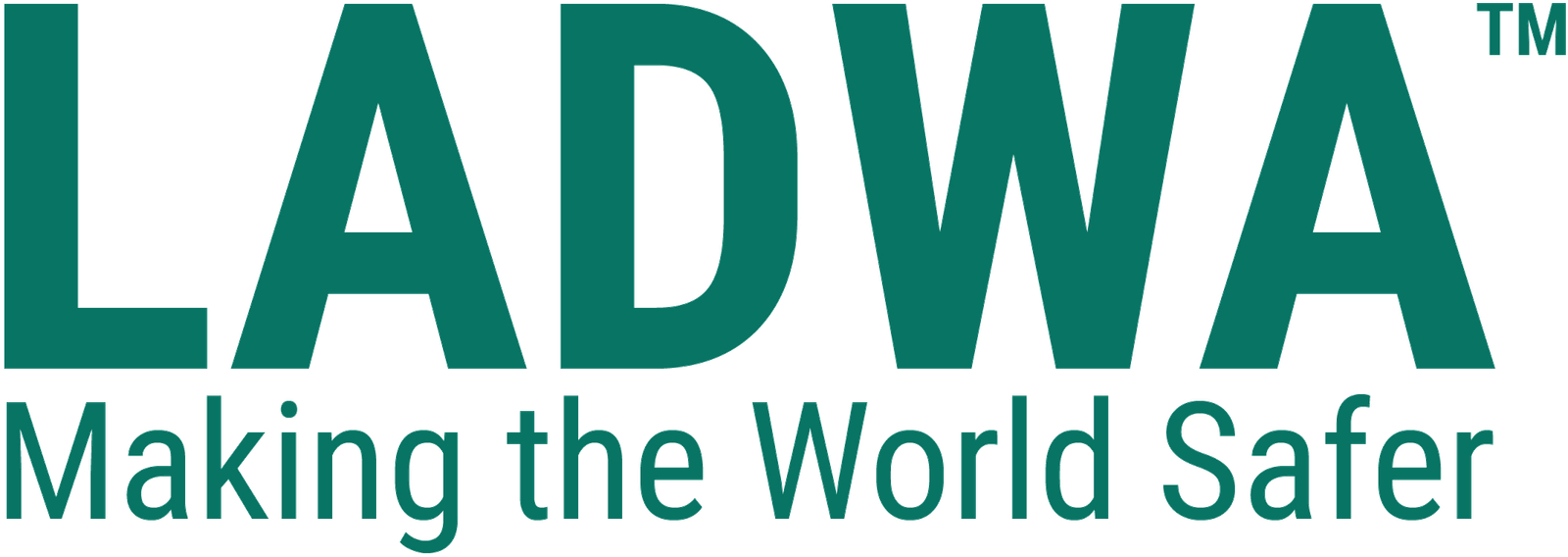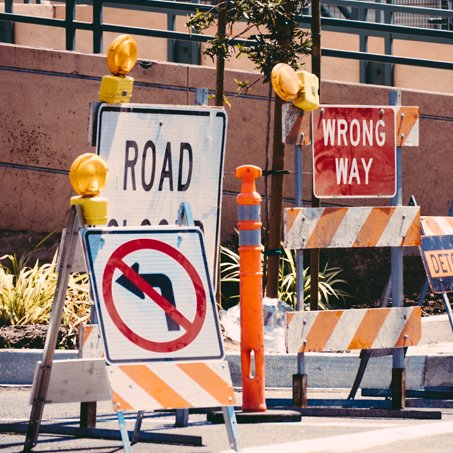Introduction
In today’s rapidly evolving work environment, where traditional and remote work setups coexist, Job Hazard Analysis (JHA) has become more essential than ever. This systematic process is designed to identify potential hazards associated with specific tasks, whether on-site or remotely, allowing organizations to implement effective safety measures. By closely examining each step of a job, JHA uncovers risks and provides actionable insights to prevent accidents and injuries. This proactive approach not only ensures a safer workplace but also boosts productivity and employee morale.
The purpose of this blog is to explore the importance of JHA in modern workplaces, highlight the key steps involved in conducting a thorough analysis, and offer tips for integrating safety measures across various work environments. Whether you manage a physical site or a remote team, understanding and applying Job Hazard Analysis can make a significant impact on your organization’s safety and efficiency.


JHA involves breaking down a job into its tasks and assessing the risks associated with each step. This proactive approach not only enhances workplace safety but also fosters a culture of safety awareness among employees. Here’s a closer look at the key components of JHA:
- Identifying Hazards:Recognizing potential physical, ergonomic, and psychosocial hazards is the first step. For example, remote workers may face unique risks such as poor ergonomics leading to musculoskeletal disorders or mental health challenges stemming from isolation.
- Assessing Risks: Once hazards are identified, the next step is to evaluate the likelihood and severity of incidents that could occur. This assessment helps prioritize which risks need immediate attention.
- Implementing Control Measures: After assessing risks, organizations must develop and implement strategies to mitigate them. This could include ergonomic assessments for home office setups or providing training on cybersecurity to protect against digital threats.
- Monitoring and Reviewing: JHA is not a one-time process; it requires ongoing evaluation and adjustment. Regularly reviewing job tasks and safety measures ensures that new risks are addressed promptly.

The shift to remote work has introduced new complexities in job hazard analysis. Employers now have a responsibility to ensure that employees’ home workspaces are safe and conducive to productivity. According to OSHA guidelines, remote employees are covered for work-related injuries just as those in traditional office settings are, which emphasizes the importance of maintaining safety standards at home. Key Considerations for Remote Work JHA:
Job Hazard Analysis is a vital tool for enhancing workplace safety, especially in the context of remote work. By systematically identifying and addressing potential hazards, organizations can create safer working environments that protect their employees’ physical and mental well-being. As we continue to navigate this new landscape of work, prioritizing JHA will be crucial in fostering a culture of safety that benefits everyone. Engaging your audience with insights into job hazard analysis not only highlights its importance but also encourages discussions around best practices in workplace safety.
Key Elements of a Successful Job Hazard Analysis
- Job Selection
Prioritize Jobs: Focus on jobs with a history of incidents, high potential for severe injuries, or newly established processes. This prioritization ensures that the most critical tasks are analyzed first.
- Task Breakdown
Detailed Steps: Break down the job into individual tasks or steps. This detailed breakdown allows for a thorough examination of each component of the job, making it easier to identify specific hazards.
- Hazard Identification
Recognize Risks: Systematically identify potential hazards associated with each task. Consider physical hazards (e.g., machinery, slips), ergonomic risks (e.g., repetitive strain), and environmental factors (e.g., noise, temperature extremes) .
- Risk Assessment
Evaluate Severity and Likelihood: Assess the potential impact of identified hazards and the likelihood of their occurrence. This evaluation helps prioritize which hazards need immediate attention and which can be managed over time.
- Control Measures
- Implement Solutions: Develop strategies to eliminate or mitigate identified hazards. Control measures can include:
- Engineering Controls: Modifications to equipment or processes to reduce exposure.
- Administrative Controls: Changes in work procedures or policies.
- Personal Protective Equipment (PPE): Equipment worn by employees to protect against hazards.
- Employee Involvement
Collaborative Approach: Involve employees who perform the job in the analysis process. Their insights can provide valuable information about potential hazards and practical solutions, fostering a sense of ownership over safety practices.
- Training and Communication
Educate Employees: Provide training on identified hazards and control measures. Ensure that all employees understand the risks associated with their jobs and how to mitigate them effectively .
- Review and Continuous Improvement
Evaluate Effectiveness: Regularly review the JHA process and its outcomes. Assess whether control measures are effective and make adjustments as necessary based on new information, incidents, or changes in job processes.
A successful Job Hazard Analysis is essential for maintaining a safe work environment. By systematically identifying hazards, assessing risks, involving employees, and implementing effective controls, organizations can significantly reduce the likelihood of accidents and injuries.
Regular reviews and updates to the JHA process ensure that safety remains a priority as job conditions evolve.
Step-by-Step Guide to Conducting a Job Hazard Analysis

Prioritize Jobs: Choose jobs with a history of incidents, involving high risks, or being newly established. This ensures that the most critical tasks are addressed first.
Detailed Task Breakdown: Divide the job into its tasks or steps. Aim for clarity without excessive detail; typically, a job should be broken down into no more than 10-15 steps. This breakdown will form the basis for identifying hazards.
Hazard Recognition: Examine each step to identify potential hazards. Consider various types of hazards, including physical (e.g., machinery), ergonomic (e.g., repetitive motions), chemical (e.g., exposure to harmful substances), and psychosocial (e.g., workplace stress). Engage employees in this process, as they often have valuable insights about the risks involved in their tasks.
Evaluate Severity and Likelihood: For each identified hazard, assess the potential severity of an incident and the likelihood of its occurrence. This assessment helps prioritize which hazards need immediate attention.
- Implement Solutions: Create strategies to eliminate or control identified hazards. Control measures can include:
- Elimination: Remove the hazard entirely.
- Substitution: Replace hazardous materials or processes with safer alternatives.
- Engineering Controls: Modify equipment or workspaces to reduce risks.
- Administrative Controls: Change work procedures or policies.
- Personal Protective Equipment (PPE): Provide appropriate gear to protect workers from hazards.
Share Findings: Document the JHA findings and communicate them to all relevant employees. Ensure that everyone understands the identified hazards and the control measures that have been put in place.
Continuous Improvement: Regularly review and update the JHA as job processes change or new hazards are identified. Conduct routine evaluations to ensure that control measures are effective and make adjustments as necessary based on feedback and incident reports.
Conclusion:-
Implementing Job Hazard Analysis (JHA) is a critical step toward building a safer and more resilient workplace. As work environments continue to evolve with the rise of remote and hybrid models, JHA offers a flexible framework to identify and mitigate risks specific to each job or task, regardless of location. By regularly conducting JHA, organizations can stay proactive about safety, prevent incidents, and create a culture of awareness and responsibility. Prioritizing JHA not only safeguards employees but also strengthens operational efficiency and boosts morale, paving the way for a workplace where everyone feels secure and valued.




















